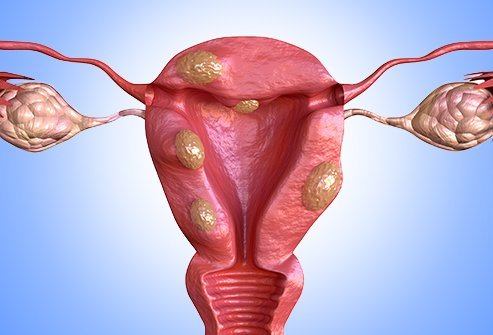A myomectomy is an operation to remove fibroids while preserving the uterus. For women who have fibroid symptoms and want to have children in the future, myomectomy is the best treatment option.
Myomectomy is very effective, but fibroids can re-grow. The younger you are and the more fibroids you have at the time of myomectomy, the more likely you are to develop fibroids again in the future. Women nearing menopause are the least likely to have recurring problems from fibroids after a myomectomy.
A myomectomy can be performed several different ways. Depending on the size, number and location of your fibroids, you may be eligible for an abdominal myomectomy, a laparoscopic myomectomy or a hysteroscopic myomectomy
Only certain fibroids can be removed by a laparoscopic myomectomy. If the fibroids are large, numerous or deeply embedded in the uterus, then an abdominal myomectomy may be necessary. Also, sometimes during the operation it is necessary to switch from a laparoscopic myomectomy to an abdominal myomectomy.
You will be asleep during the procedure, which is performed in the operating room. First, four one-centimeter incisions are made in the lower abdomen: one at the navel (belly button), one below the bikini line (near the pubic hair) and one near each hip. The abdominal cavity is then filled with carbon dioxide gas. A thin, lighted telescope, called a laparoscope, is placed through an incision, allowing doctors to see the ovaries, fallopian tubes and uterus. Long instruments, inserted through the other incisions, are used to remove the fibroids. The uterine muscle is sewn back together. At the end of the procedure, the gas is released and the skin incisions are closed.
Most women spend one night in the hospital and two to four weeks recovering at home. After the procedure, you will have small scars on your skin where the incisions were made.

